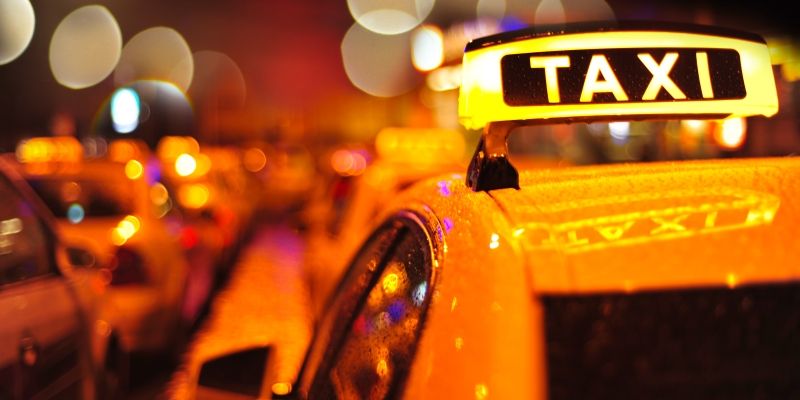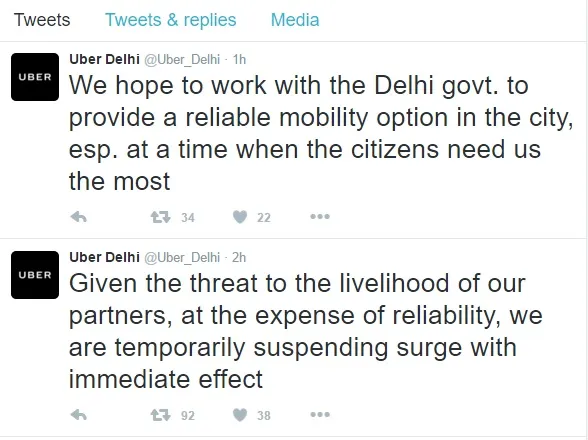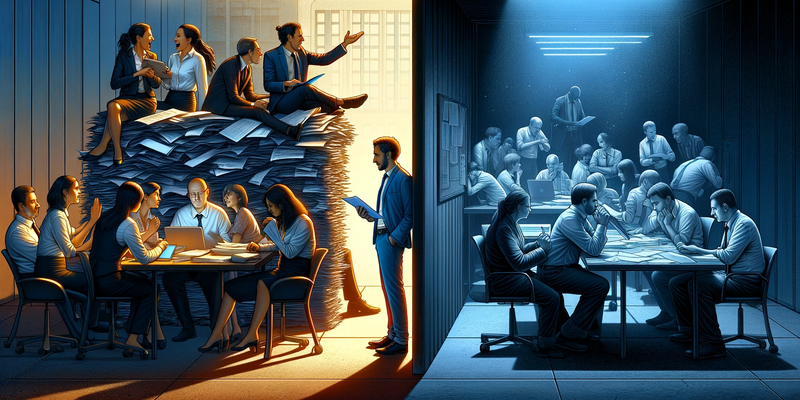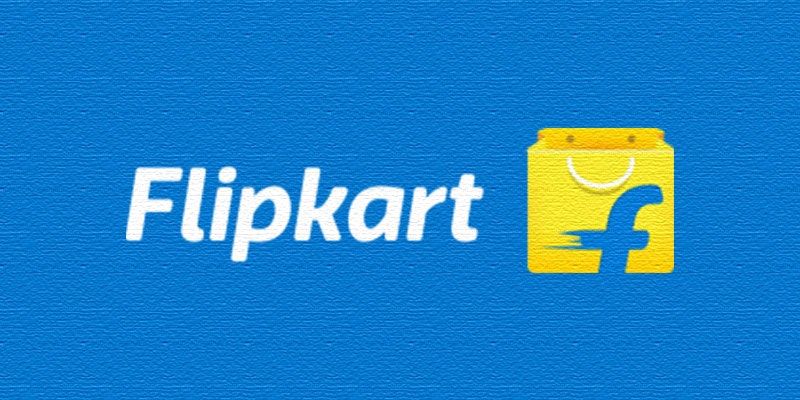Government begins to ‘seize’ Ola's and Uber’s ‘surging’ growth
Athira Nair

Monday April 18, 2016 , 6 min Read
The battle between cab aggregators and the transport department is seemingly endless. Earlier this month, the Karnataka On-Demand Transportation Technology Aggregators Rules, 2016 prohibited charges higher than the fare fixed by the government. Expectedly, this rule did not go down too well with cab aggregators Ola and Uber.
In a recent development, police are seizing cabs aggregated by Ola and Uber in Bengaluru. Following complaints from passengers on surge pricing last week, the Transport Department has seized over 70 cabs in Bengaluru in the past week, of which 50 were under Uber.
H.G. Kumar, Additional Commissioner for Transport and Secretary, State Transport Authority, told YourStory that currently the licences are with the drivers, but Ola applied for operator licence last week while Uber applied for the licence on Monday.

The seize and follow up
Kumar said,
"Now they have to install GPS, not only on the mobile app, but in the vehicle itself. They will have to come for regular inspection, with details including the number of vehicles, and copies of agreement with their driver partners. They also have to give it in writing that there will be no surge pricing.”
In their company blog, Ola has defended its peak pricing, stating:
Peak pricing is triggered when there is too much demand and not enough cabs to service the additional demand. This is usually during peak travel hours; during office hours like 9 am or 6 pm, special events such as a strike or periods of extreme weather. It is NOT at fixed times, but varies depending on the demand at the hour, the category you select and your location. For e.g.: 4 am may not seem like a peak time for traffic, but a large number of travellers who have an early morning flight to catch rely on us to ferry them to the airport, and hence you might find peak pricing.
You can now get a ride during peak demand hours by agreeing to pay a surcharge that will be a multiplier of the regular fare. This helps us make more cabs available for everyone. You will always be informed of the peak pricing applicable on the ride before you book.
If you choose “I Agree”, you are accepting to pay the peak hour pricing on your ride.
However, you always have a choice. If the peak pricing of the hour is high, then you click on “Try Later”, go back to the home screen, select a different category (and we have a wide range of rides from Autos to Prime) and you may find a ride with no or lower peak price.
Transparency is something we swear by, and we will do all that it takes to get you going whenever, wherever.
The Delhi debacle
The fight for the removal of surge pricing isn’t only in Bengaluru, but also in Delhi, with the odd-even rule seeing close to three times increase in surge pricing by both the aggregators.
“In Delhi, surge prices up to 5x-7x are common in both. Section 67 of Indian Motor Vehicles Act clearly states that the authority to decide the charge lies with the government. But Ola and Uber decide the fares for their commuters. Ola used to show the surge pricing on their rate card earlier. Now it is shown on the estimate tab once you feed your destination,” says Rakesh Agarwal, Founder and CEO, Magic Sewa, a Delhi-based taxi service startup.
Minimum fares in Ola and Uber are below government-dictated ones. Rakesh, who filed the petition for the enforcement of fares as notified by the government of Delhi, told YourStory, "We have to give lesser fares to survive. We have made a disclosure on the same in our petition. We are willing to change it if we all get the same fares."
Section 67 has said that fares should be decided by the government keeping in mind the desirability to prevent uneconomic competition amongst permit holders. So charging low fares is not legal either. In 2013, government issued a notification on the same in Delhi.
Post this issue the Uber Delhi team said on Twitter:

Gagan Bhatia, General Manager, Uber North, says, "Uber regularly does surge pricing when demand outstrips supply. Remember, we do not own cars nor do we employ drivers. Higher prices are required in order to get cars on the road and keep them on the road, during the busiest times. In short, without Surge pricing, there would be no car available when people need it."
He went ahead to state that Airlines and hotels are more expensive during busy times. Uber is as well. Uber he added makes only a small fee of the transaction and a vast majority of the fare goes to the driver. Gagan also confirmed that despite this 92 per cent of the trips in Delhi happen on regular fares, even during the first phase of odd-even scheme.
What do the government numbers say?
In Delhi, Ola Mini charges Rs 8 per km. But during surge pricing hours, this often becomes Rs 70 per km. The Delhi government has asked for four days' time to respond, during which it will take necessary action against Ola, Uber, and Jugoo and provide a status report at the court.
Aggregators have been served notice for the next hearing, scheduled for April 25. Delhi's government-mandated fares are: Rs 12 50/km for small cars, Rs 23/km for large ones, Rs 14/km for black and yellow taxis, and Rs 16/km for AC ones.
Finding the balance
Experts believe that dynamic pricing should be based on demand and supply. Jaspal Singh, Partner at Valoriser Consultants, which provides market research for transportation companies, believes that surge pricing should be tapped properly. He says that government needs to set a ceiling during surge pricing, but that demand-supply should decide the real price.
But taxi aggregators have had trouble with government agencies all over the world. Uber’s surge prices have been criticised in Singapore and Malaysia, yet the governments in these countries have not put strict regulations in place. In fact, even the famed Singapore Metro charges extra for peak hours. Lot of cities in the US have allowed surge pricing on the condition that in case of any natural disaster or emergency, they don’t hike up the charges.
Update: Ola has said that they have temporarily pulled out peak pricing in Delhi NCR, in an effort to encourage commuters to ride sharing during the Odd-Even initiative in Delhi .










![[TechSparks 2020] How India-Japan collaboration improves opportunities for business and innovation](https://images.yourstory.com/cs/2/28b451402d6a11e9aa979329348d4c3e/Collaboration9-1604037870308.jpg)